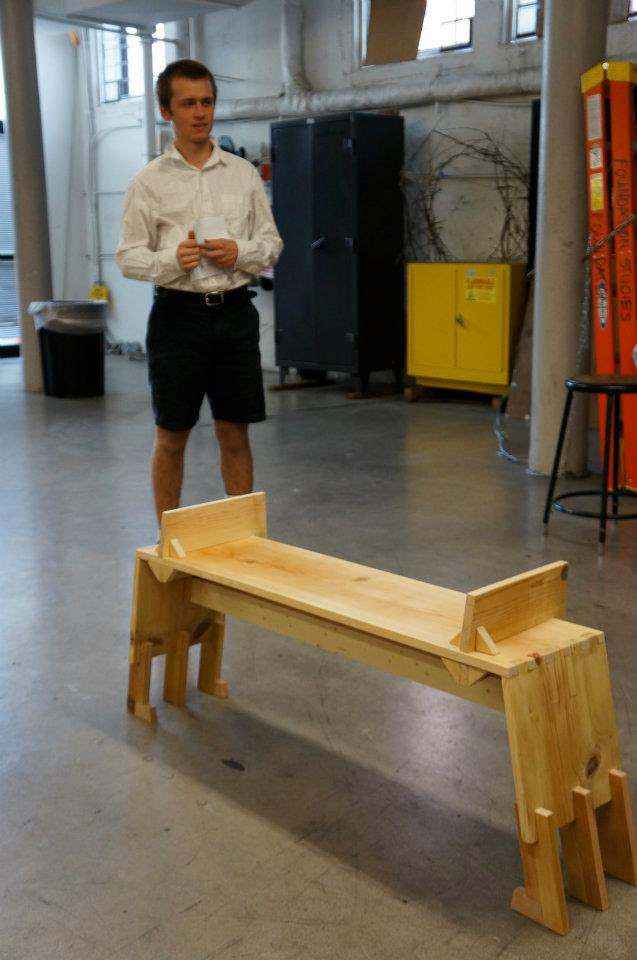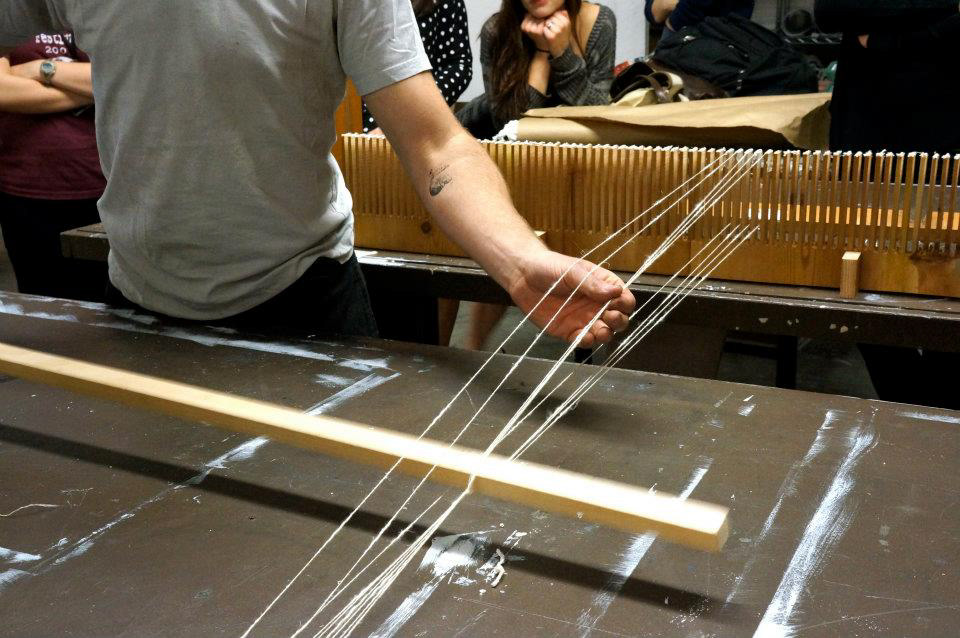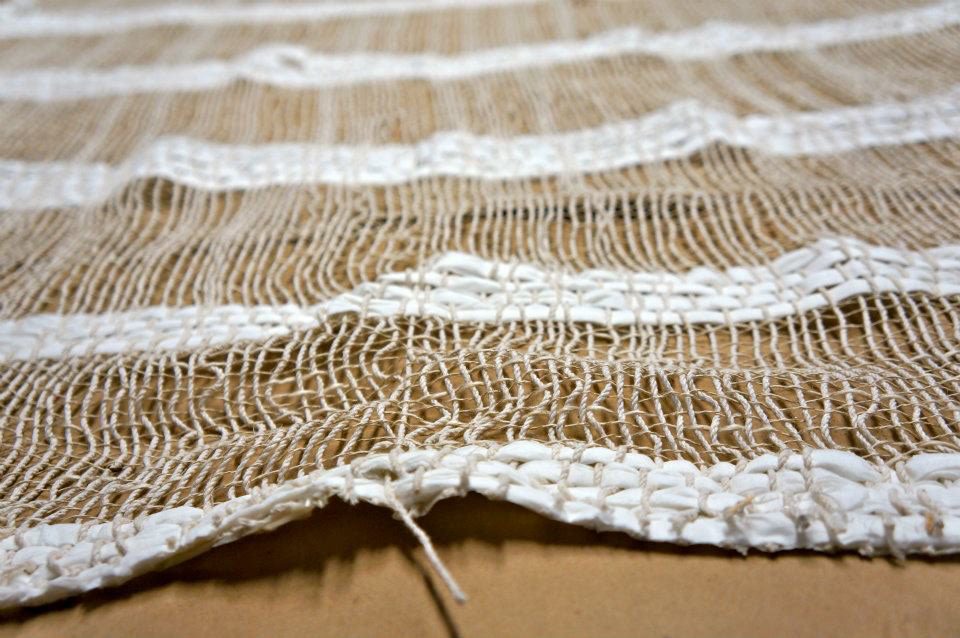I came to RISD thinking that I was a painter, but as worked more with space and three-dimensional form over the course of the year, I discovered that I have always been a three dimensional thinker. In this class I learned about responding to one's material, ergonomics, and user interface design. I also studied my own process, structures inherent in nature, and methods of construction for furniture.
My study started with intense examination of natural forms and their intrinsic hierarchies with a focus on extracting the essential structure of the organism.
Magnolia Stellata.
Materials: Terra cotta.
The studies I did on essential structure directly influenced my following practice - designing a tool that could pick up, crack, and beat an egg. It was a challenge to simplify the three tasks into a singular motion. I took it upon myself to design a tool that would allow the user to only make one continuous motion without having to change how they used the tool.
Final egg tool. The apparatus turns rotary motion into linear motion to pick up and crush an egg, then whisk it. It was on show at the President John Maeda's house during the Spring semester of 2012.
Materials: Scrap wood, wooden dowls, aluminum tubing.
A short video that shows the function of the mechanism.
Next, I teamed up with Mike Boland to make a temporary shelter. I thought it would be interesting to shelter the user from the ground. The structure had to be portable, collapsible, and temporary. We decided to additionally give ourselves the goal of making it cheap to create. We made this hanging hammock for 4$. The net was created from RISD trashbags and Home Depot twine. The wooden frame came from a shipping pallette. The tubing, and the metal brackets were the only parts that cost us money. The structure was able to easily support 400 lbs.
Temporary shelter final.
Materials: Recycled pallette wood, PVC pipe, recycled trash bags, plastic twine.
Temporary shelter. Detail view.
Next, I was given the prompt "Paper" and had a substantial amount of time to build on that concept. I decided to capture the delicacy and motion of paper by casting multiple sheets and placing them atop a table I built for them to be displayed on.

Final sculpture.
Materials: Hand-casted 3'x3' recycled paper, wooden dowels, bricks, recycled wood.
After that, I decided to build a bench that had sliding arm rails. I wanted to use the bench as a set for a series of short vignettes that my classmates acted out. The arm rails were used as nonverbal signifiers to those who approached the bench. For example, if one wanted to be left alone, one could place the dividers on either side of them so that no one could join them. This was also an exercise in craftsmanship for me, as I attempted dovetail joinery for the first time.

Final bench.
Materials: Recycled pine.

Final bench. Instructor and classmates act out a short skit on the bench.
For my final project, I wanted to create a textile. After some consideration I decided that it would be too easy to use a loom. It seemed like cheating. I decided that I would create my own loom out of recycled wood and then weave a 3' x 5' textile. I used very cheap materials - antique cotton, thick twine, and toilet paper. Again, I was very interested with delicacy. I am planning on future projects involving looms.

Final textile. 3'x5'
Materials: Recycled toilet paper, recycled cotton, thick twine.

Final loom. 3' wide, accomodates any length textile.
Materials: Recycled wood, drywall screws, wooden dowels.

Explaining how the final loom works. Warp is stretched on two pieces of wood. One can slide up and down and the other has slots for every other thread to fit between. The weft is manually fed through the gap between the warp in between switching the position of the sliding stretcher.

Final textile. Detail view.


